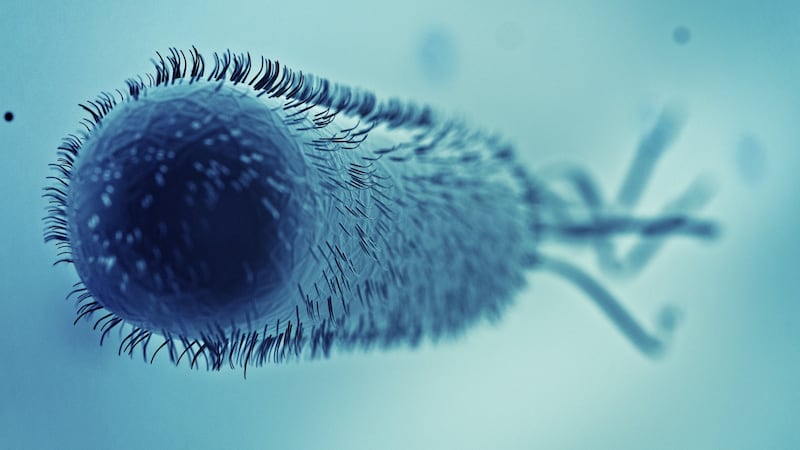Over the past two months Ireland has experienced one the largest foodborne disease outbreaks on record. Caused by E.coli O157, a bug that belongs to a group known as verotoxigenic escherichia coli (VTEC). Close to 200 people have become ill, some requiring hospitalisation. Symptoms of VTEC are appalling, including bloody diarrhoea, vomiting and stomach cramps. E.coli O157 can cause serious illness that includes kidney failure.
Data published yesterday by the Health Protection Surveillance Centre shows there have been 715 reported cases of illness due to VTEC since the beginning of the year, an increase of 197 cases over the same period last year.
These additional cases are more than likely due to the current outbreak and were located countrywide. What is evident is that there is or was a common food source on the Irish market that is responsible for this outbreak. VTEC cases peak during the summer months and large outbreaks have been reported in recent years in Finland (237 cases) and the United Kingdom (107 cases), where leafy green vegetables were implicated as the vehicle of infection.
We have seen a rapid expansion in the animal population in Ireland, particularly in the dairy herd
The current spell of warm weather has undoubtedly contributed by allowing bacteria to increase in numbers and the hosepipe ban is encouraging producers to irrigate crops with untreated water supplies.
Home-grow outbreak
There have been no reports of a similar foodborne outbreak in other European Union countries, so this outbreak is home-grown. There have been no reports of food recalls or withdrawals from the Food Safety Authority of Ireland, so the food or foods causing the outbreak have not been identified. The fact that we are witnessing in Ireland the largest foodborne outbreak associated with E.coli O157 is not really surprising. The most recent data published by the European Food Safety Authority (EFSA) on levels of foodborne illness in all EU countries shows Ireland to be the dirty man of Europe with the highest number of reported cases of VTEC.

The EFSA is obliged under EU legislation to collect and publish EU-wide data on all zoonoses, which are diseases which can be transmitted from animal to man. Figures are published as crude incident rates (CIR) per 100,000 of the population. The average CIR for VTEC in the EU in 2015 was 1.27, while the CIR for Ireland is about 10 times higher at 12.92. In some regions of Ireland, notably in the midlands and the west, reported cases of illness were far higher at about 30/100,000 of the population. These figures are astronomical compared with those for the rest of Europe, but they explain the current outbreak of foodborne illness.
The natural reservoir of E.coli O157 is the gut of healthy cattle and sheep. The bug does not cause illness in these animals but can be excreted in high numbers in faeces. We have seen a rapid expansion in the animal population in Ireland, particularly in the dairy herd since the elimination of the milk quotas. More animals means more slurry to spread on land.
It is time to take an alternative and more sustainable approach to food and agriculture production in Ireland
Contamination of rural water supplies and rivers with pathogenic bacteria such as E.coli O157 results from land run-off. A recent study published in 2017 by the Health Service Executive, Dublin Institute of Technology and the University of Limerick clearly demonstrated the link between cattle density and contamination of private well water with cases of E.coli O157. We are currently recycling pathogens in the environment which are ending up in our food and water supplies.
Ireland is not unique in this respect, as a multi-state VTEC outbreak occurred in the United States in June when canal water was used to irrigate lettuce crops. This resulted in 210 cases; 96 people were hospitalised (27 with kidney failure) with five fatalities.
One Health strategy
It is time to take an alternative and more sustainable approach to food and agriculture production in Ireland. We need to adopt a ‘One Health’ strategy which will bring together all agencies responsible for the environment, agriculture, food and health in order to understand that what happens in one of these sectors can have a profound impact on others. The One Health concept recognises that the health of people is intrinsically connected to the health of animals and that of the environment.
The EU has adopted a One Health action plan to tackle antimicrobial resistance. We need to expand this type of strategy to all sectors of food and agriculture production to safeguard human health and the quality of the environment.
Alan Reilly is a former chief executive of the Food Safety Authority of Ireland and adjunct professor at the Institute of Food and Health, University College Dublin











